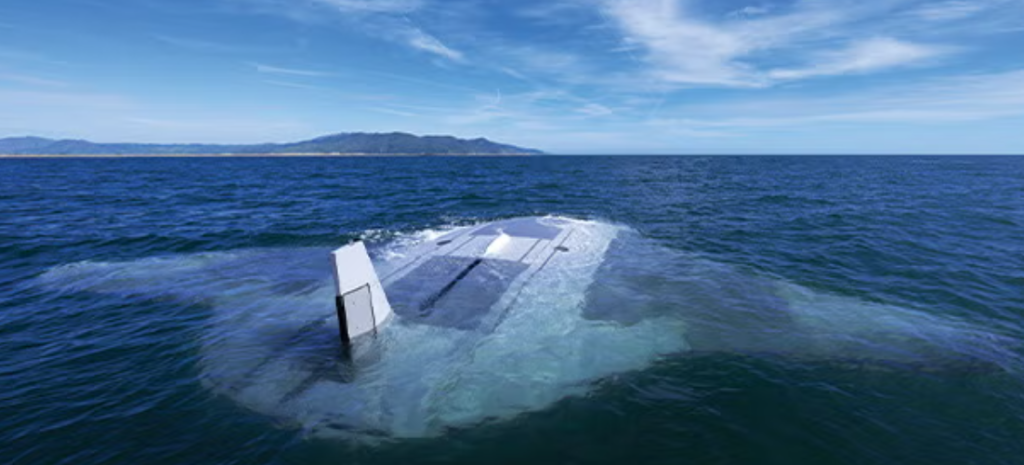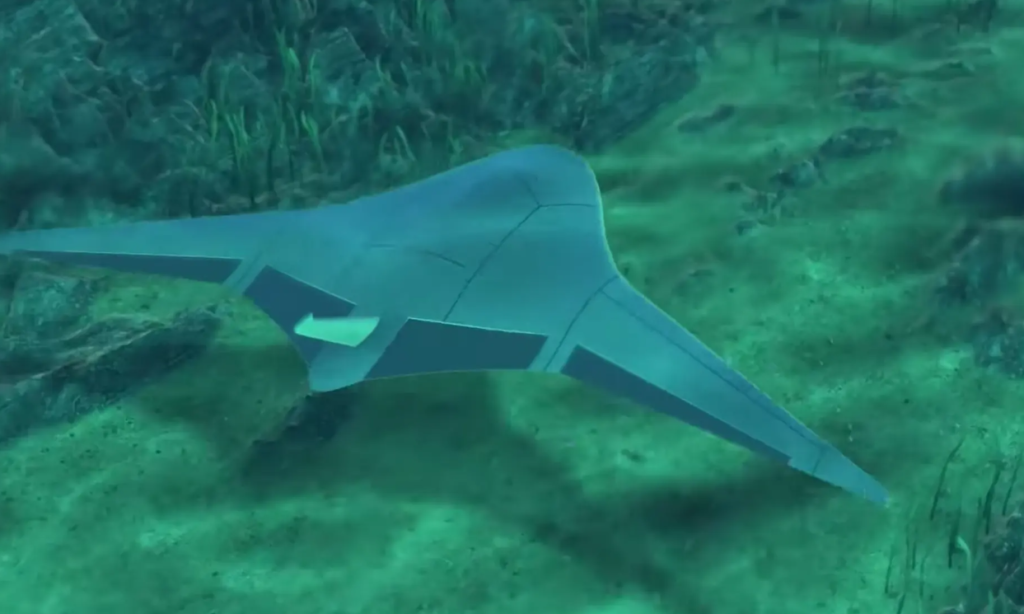

Summary
The Manta Ray Project, initiated by DARPA in 2019, aims to develop advanced autonomous underwater vehicles (AUVs) for long-duration missions without human intervention. Key milestones include:
- 2019: Project announcement and initial contracts.
- 2020: Concept development and collaboration with industry partners.
- 2021: Design and prototype phase.
- 2022: Prototype testing and development.
- 2023: Advanced testing and optimization.
- 2024: Final validation and deployment preparation.
The Manta Ray is a secret US undersea drone designed for long-duration autonomous missions. It was reportedly spotted on Google Maps but later removed. The drone’s primary purpose is to operate underwater without human intervention, gathering intelligence, conducting surveillance, and performing reconnaissance. This technology represents a significant advancement in military underwater operations, emphasizing stealth and prolonged deployment capabilities. For more detailed information, you might need to check other sources or news updates.
The Manta Ray Project is an initiative by the Defense Advanced Research Projects Agency (DARPA) in the United States to develop an autonomous underwater vehicle (AUV). This project aims to create advanced underwater drones capable of long-duration missions without human intervention or logistic support. Below is a detailed timeline and description of the project from its inception until June 2024.

Timeline
2019: Project Announcement
- Start Date: December 2019
- Key Activities: DARPA announced the Manta Ray Program, aiming to develop innovative AUVs to enhance underwater operations. The project focuses on creating drones that can operate for extended periods without the need for resupply or human maintenance.
2020: Concept Development and Initial Contracts
- Activities:
- Awarding initial contracts to industry partners for the conceptual design of the Manta Ray AUV.
- Collaborations with companies such as Northrop Grumman and Lockheed Martin to explore technological solutions and feasibility studies.
- Initial research into power efficiency, energy harvesting, and materials for long-duration missions.
2021: Design and Prototype Phase
- Activities:
- Detailed design phase, focusing on key components like propulsion systems, navigation, and autonomous operation capabilities.
- Development of prototype components and initial testing of subsystems in controlled environments.
- Research into advanced materials to ensure durability and efficiency under harsh underwater conditions.
2022: Prototype Testing and Development
- Activities:
- Assembly of the first full-scale prototypes of the Manta Ray AUV.
- Initial sea trials to test the prototypes’ capabilities, including endurance, navigation, and autonomy.
- Iterative design improvements based on test results, focusing on enhancing the drone’s operational efficiency and reliability.
2023: Advanced Testing and Optimization
- Activities:
- Extensive testing of improved prototypes in various underwater environments, including deep-sea and coastal waters.
- Integration of advanced sensors and communication systems to enhance situational awareness and mission adaptability.
- Optimization of energy management systems to extend the operational duration and reduce the need for maintenance.
2024: Operational Readiness and Deployment Preparation (January – June)
- Activities:
- Final validation tests to ensure the Manta Ray AUV meets all operational requirements and performance benchmarks.
- Development of deployment strategies and protocols for integrating the AUV into naval operations.
- Training programs for operators and maintenance personnel to ensure readiness for real-world missions.
- Preparation for initial deployment in strategic areas to support naval and scientific missions.
Key Features and Capabilities
- Autonomous Operation: The Manta Ray AUV is designed to operate independently for extended periods, navigating and performing tasks without direct human control.
- Long-Duration Missions: Equipped with advanced energy management systems, the drone can sustain operations for months, significantly reducing the need for logistic support.
- Durability: Built with cutting-edge materials and technologies to withstand the harsh underwater environment, including high pressures and corrosive conditions.
- Advanced Sensors: Integrated with sophisticated sensors for navigation, obstacle avoidance, environmental monitoring, and data collection.
- Modular Design: Features a modular architecture that allows for easy upgrades and customization based on mission requirements.

Future Goals
- Deployment: Successfully deploy the Manta Ray AUV in operational environments to support various missions, including surveillance, reconnaissance, and scientific research.
- Enhancements: Continue to refine and upgrade the AUV’s capabilities, incorporating new technologies and adapting to emerging mission needs.
- Collaboration: Work with other branches of the military and scientific community to maximize the utility and impact of the Manta Ray AUV.
- Sustainability: Focus on developing sustainable practices for the operation and maintenance of the AUV to ensure long-term viability and effectiveness.
The Manta Ray Project represents a significant advancement in underwater autonomous systems, with the potential to revolutionize underwater operations and enhance the capabilities of the U.S. Navy and other stakeholders.
